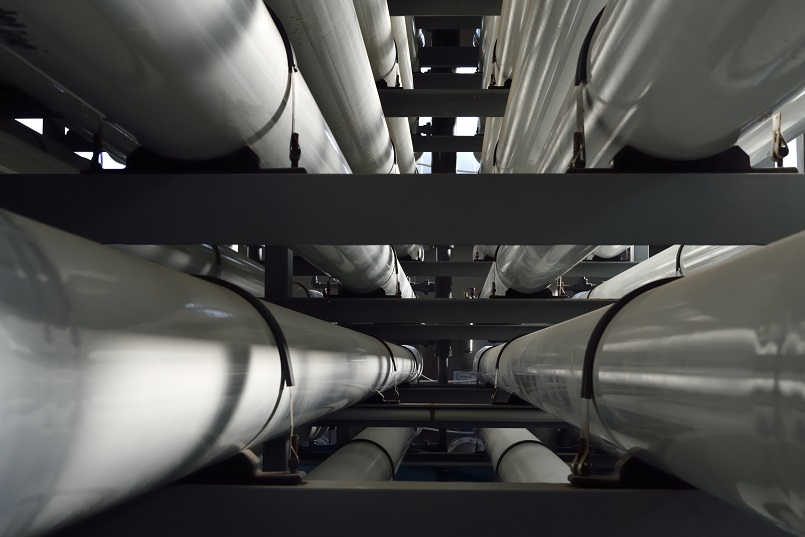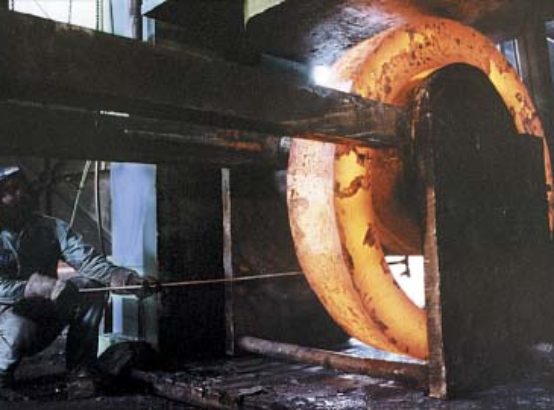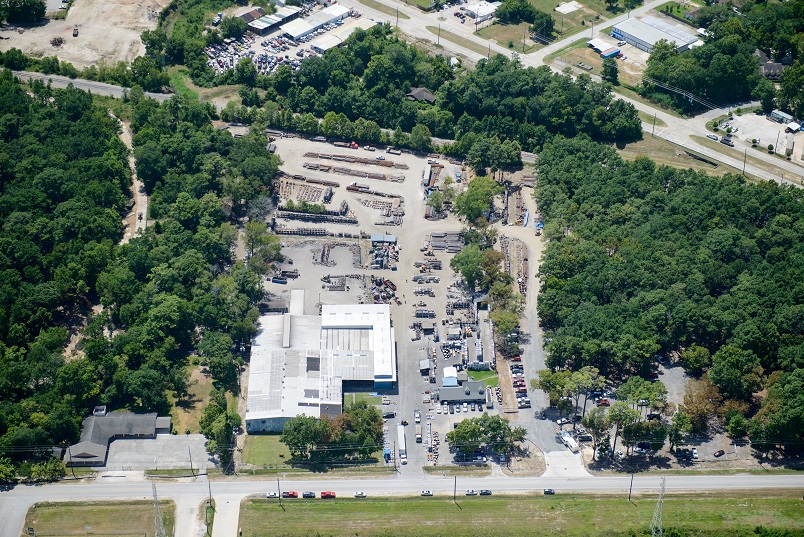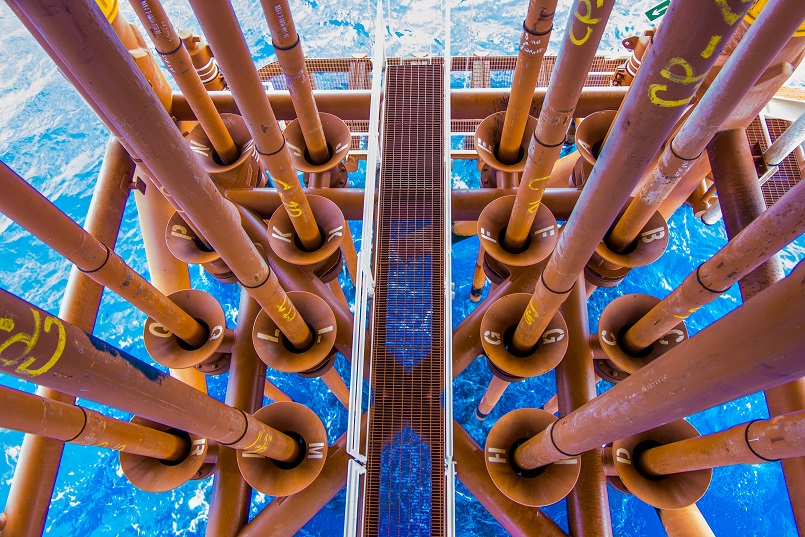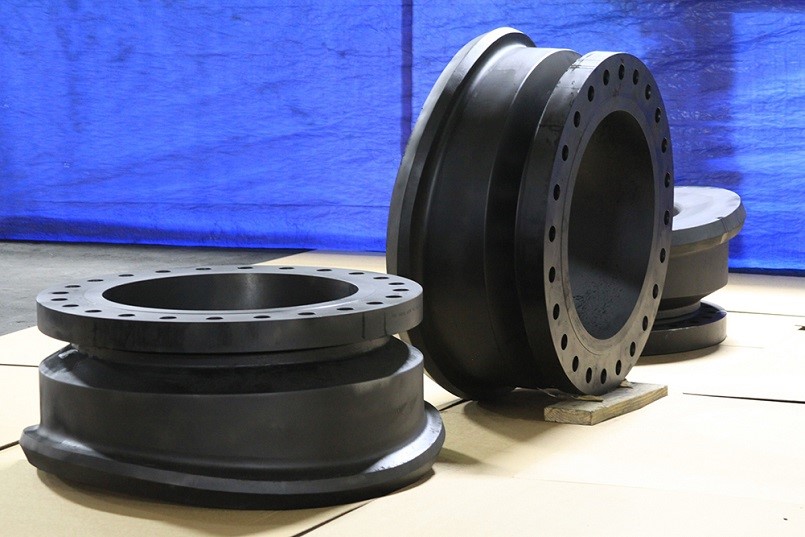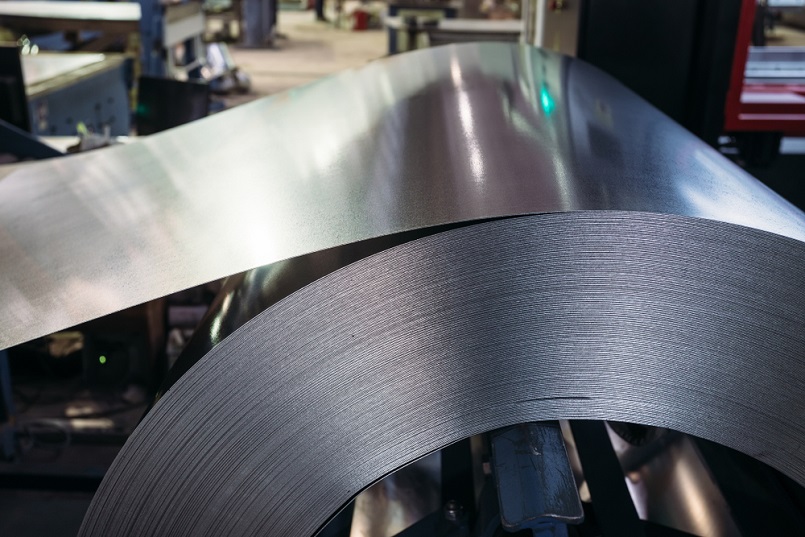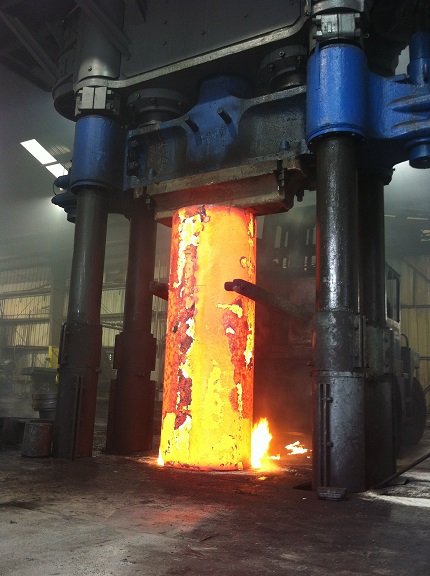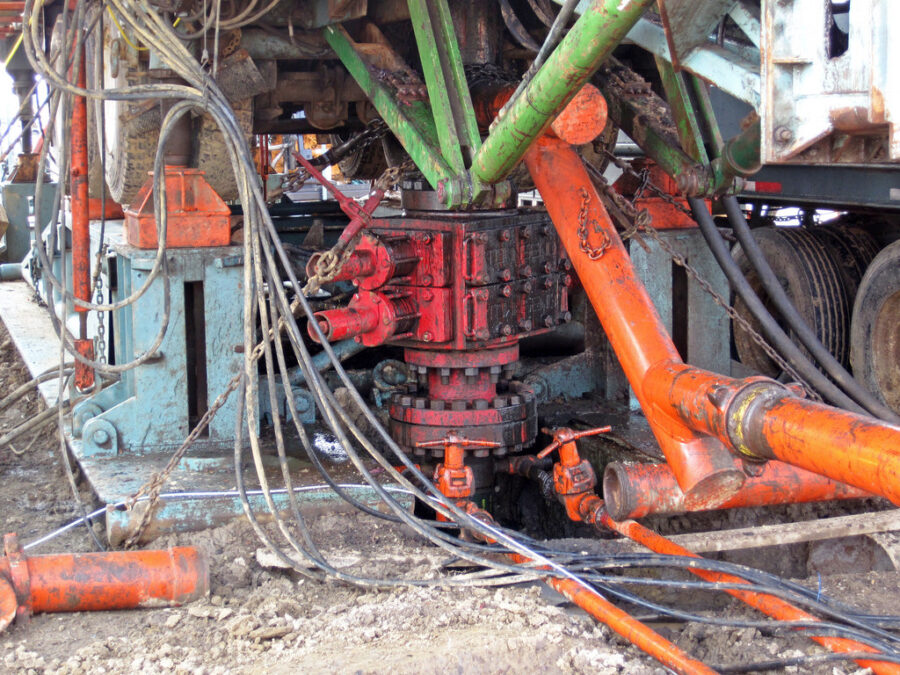History of Pressure Vessels
Pressure vessels play a critical role in various industries, from mining to water storage to oil refining. The concept of the pressure vessel was first introduced in 1495 by Leonardo da Vinci in his Codex Madrid I. Da Vinci designed the pressure vessel to lift heavy loads under water using pressurized air. The concept of the pressure vessel was not …

